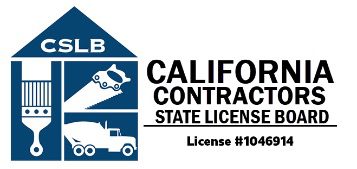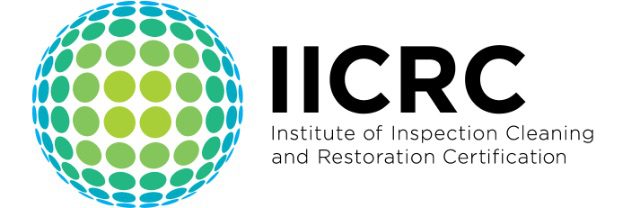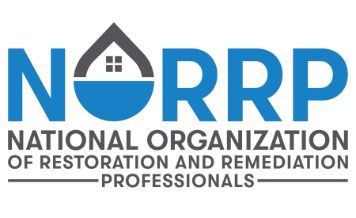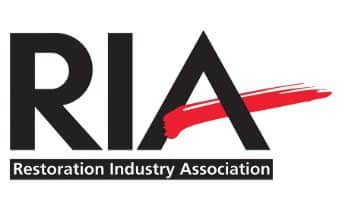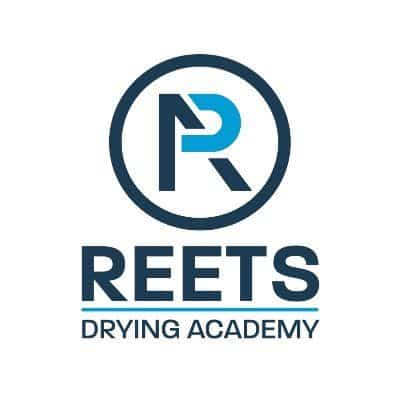The Science Behind Water and Fire Damage Restoration
The Science Behind Water and Fire Damage Restoration
Water and fire are essential for our survival, but when they damage our homes or businesses, the consequences can be overwhelming. The science behind water and fire damage restoration is a critical field that combines chemistry, physics, and engineering to mitigate the impact of these disastrous events and restore affected areas to their original condition.
Water Damage Restoration
Water damage can occur from various sources, such as burst pipes, floods, or leaks. Water damage restoration involves a systematic approach that uses scientific principles to minimize damage and prevent long-term consequences. Let's dive deeper into some of those principles:
1. Understanding the Behavior of Water
To effectively restore water damage, it is crucial to understand water's unique properties and behavior. Capillary action, permeability, and the tendency to move from wet to dry areas are all essential factors determining how water spreads and is absorbed by different materials.
2. Moisture Mapping and Detection
Advanced tools like infrared cameras and moisture meters are employed to map the extent of water damage. This technology allows restoration professionals to identify hidden moisture pockets within walls and other structural components.
3. Psychrometry
Psychrometry is the study of air and its properties. Restoration experts use psychrometric calculations to control humidity levels and speed up the dehumidification and drying process. This involves understanding the relationship between temperature, humidity, and airflow.
4. Drying Techniques
Utilizing air movers, dehumidifiers, and other specialized equipment, restoration teams create an optimal environment for evaporation. This helps to dry out affected areas efficiently while preventing the growth of mold and other harmful microorganisms.
Fire Damage Restoration
Fire damage restoration is a complex process that involves addressing both the visible destruction caused by flames and the residual effects of smoke and soot. To fully comprehend the science behind fire damage, we must examine the following aspects:
1. Combustion Chemistry
Understanding the chemistry of combustion is crucial in assessing the types of residues left behind after a fire. Different materials produce varying types of smoke and soot, and restoration professionals must tailor their approach accordingly.
2. Smoke Behavior
Smoke can penetrate and linger in the smallest crevices. Restoration experts employ knowledge of air currents and thermal layers to trace the smoke path and identify areas requiring specialized cleaning.
3. Thermal Dynamics
Fires generate extreme temperatures, and thermal dynamics play a key role in assessing structural damage. Restoration teams use this knowledge to determine whether materials can be salvaged or need replacement.
4. Odor Removal Techniques
The science of odor removal involves neutralizing and eliminating the particles that cause lingering smells. Ozone generators, thermal fogging, and other advanced techniques are employed to eradicate unpleasant odors.
Why Call a Water and Fire Damage Restoration Specialist
Water and fire damage restoration is a multidisciplinary field that relies on scientific principles to mitigate the aftermath of disasters efficiently and effectively. By combining the knowledge of water behavior, psychrometry, combustion chemistry, and thermal dynamics, restoration professionals can restore homes and businesses to their pre-damage condition, offering a ray of hope in the wake of destructive events.
Want more information about water or fire damage restoration? Contact the experts at Dry Kings today!
Contact
More News
Newsletter
Sign up and receive valuable tips to help you protect your residential building or commercial property from damages.
Awards
